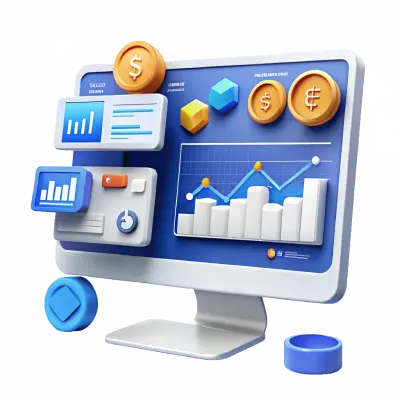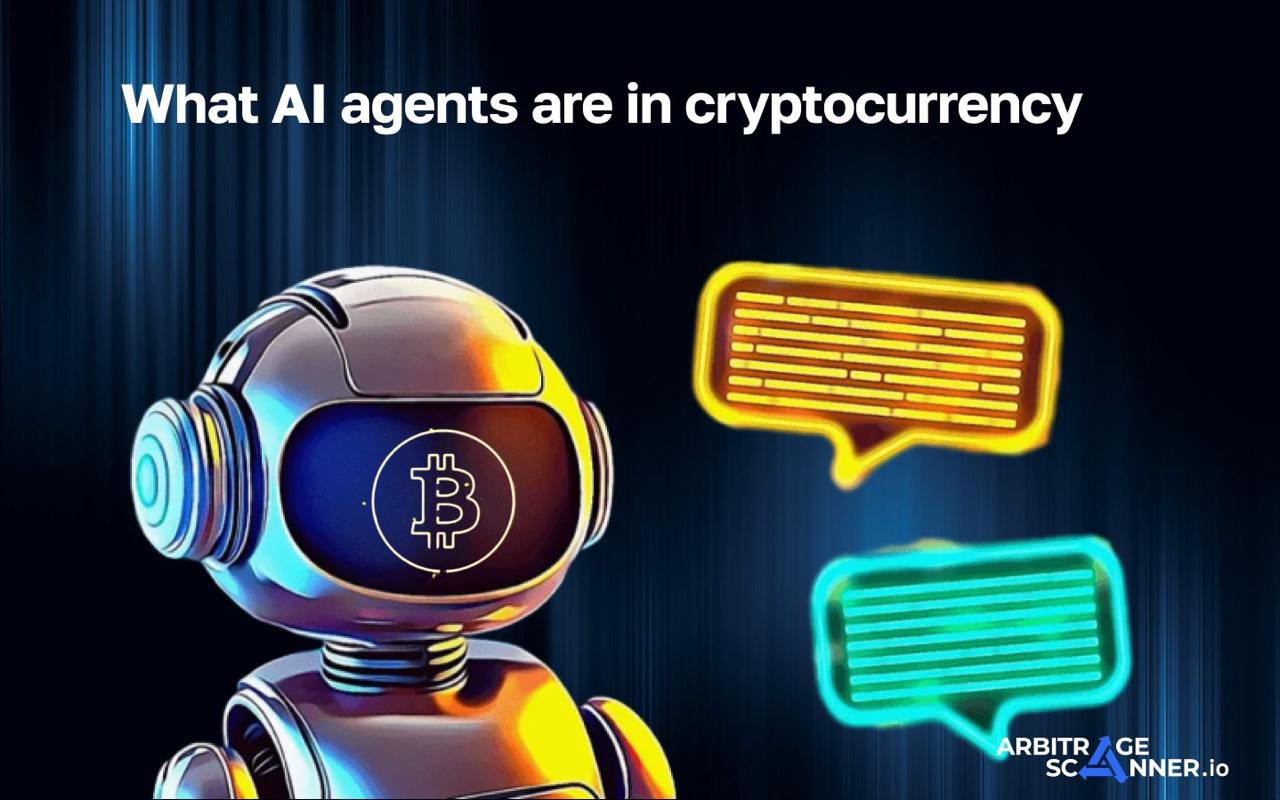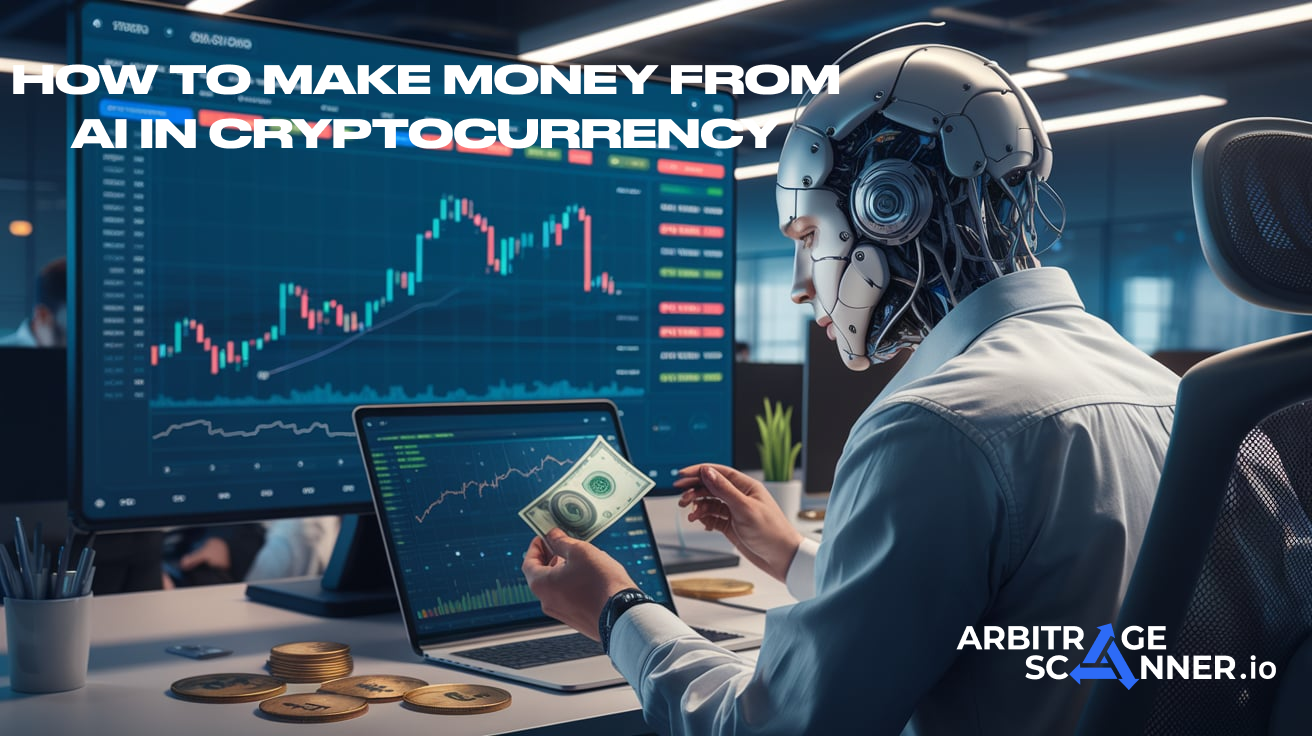AI Trading: How Artificial Intelligence Trades on the Stock Market and Why It's Smarter Than a Regular Bot
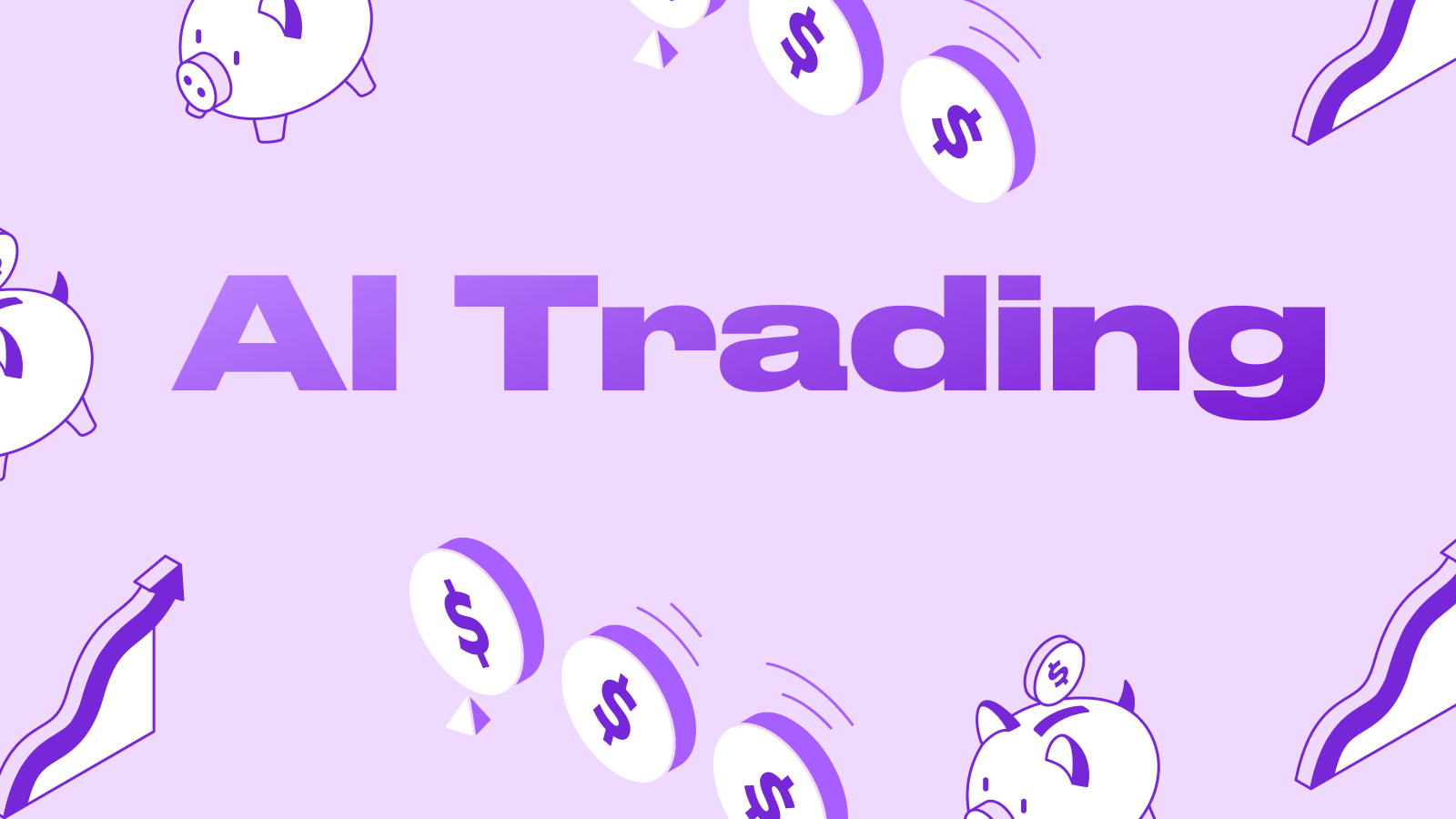
AI Trading: How Artificial Intelligence Trades on the Stock Market and Why It's Smarter Than a Regular Bot
Introduction: Beyond Human Capabilities
Trading has always been a field where speed and data analysis determine success. Every trader knows that prices can shift in seconds, and a crucial signal to buy or sell can appear without warning. While human experience and intuition were once paramount, today, even the most seasoned trader cannot physically process the sheer volume of data streaming from financial markets. This is where AI trading enters the scene.
AI for trading represents the next stage of financial evolution. Here, artificial intelligence acts as both an assistant and an agent, capable of analyzing massive datasets and executing algorithms faster than any human. Why is this so relevant now? Because the amount of data and the number of factors influencing stocks, currencies, and cryptocurrencies are growing daily. A human can make mistakes due to emotions, fatigue, or fear, whereas an AI operates 24/7, making decisions based purely on logic and mathematics.
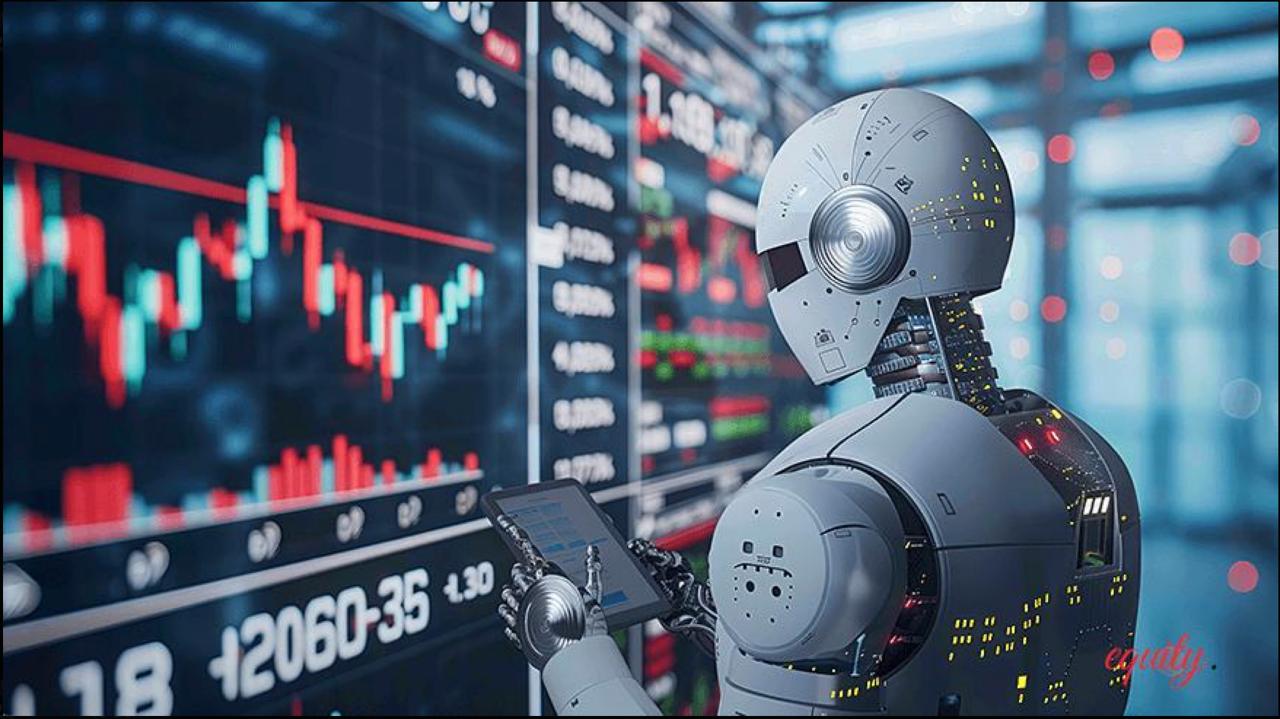
The Origins of AI in Trading
It's important to note that interest in AI trading isn't new. The first trading algorithms used by major banks appeared back in the 1980s. The 1990s and 2000s saw the rise of bots for high-frequency trading. However, these were simple "if-then" rule-based systems with no learning capabilities. The game changed with the advent of machine learning and neural networks. Now, an AI can learn from past trades and continuously refine its strategy, marking the true beginning of modern AI trading.
AI Trading vs. Regular Trading Bots: What's the Key Difference?
Many people confuse AI trading with the conventional trading bots that have been used on exchanges for years. At first glance, they seem similar: in both cases, a trader uses automation to react faster to price changes. However, the fundamental difference is profound.
How Simple Bots Work
A standard bot operates on pre-programmed rules: "if the stock drops by 3%, buy; if it rises by 5%, sell." These rules are static. They perform well in stable market conditions, but when the market becomes volatile or unexpected news breaks, the bot gets lost and starts incurring losses. It cannot adapt or utilize new data.
The Power of Artificial Intelligence
AI trading is built differently. At its core is an intelligence that learns. This AI agent analyzes market signals, news feeds, macroeconomic data, and even social media sentiment. It then develops a trading strategy and can modify it in real-time based on the evolving situation. This is why many experts consider AI trading a prime example of technology becoming a trader's true partner.
Why does this matter? Because the market changes every second. A strategy that worked yesterday might fail tomorrow. An AI can adapt, which means it can deliver more consistent results. Furthermore, modern AI systems can employ multiple strategies simultaneously, combining short-term trades with long-term forecasts, making them far more versatile than simple bots.
How the 'Brain' of an AI Trader Works: A Look Under the Hood
To understand how AI trading works, imagine a brain that continuously receives data, processes it, and makes decisions. For artificial intelligence, this process is structured in distinct stages.
The Stages of AI Operation
-
Data Collection: The AI gathers stock quotes, cryptocurrency prices, news articles, macroeconomic reports, and technical indicator signals.
-
Data Processing: The intelligence cleans the data, removing noise and formatting it for effective analysis.
-
Learning: Using historical data, the AI learns which factors correlate with price increases or decreases. This is often done through a process called backtesting.
-
Application: The agent begins to operate in real-time, opening and closing positions and executing its trading strategy.
Unique Features
The defining feature of an AI trader is that it doesn't just follow instructions like a bot; it learns from its own experience. The more it trades, the more accurate its predictions become. In this sense, an AI acts like a real trader, only without emotions and human weaknesses.
Modern systems consider not only technical signals but also fundamental factors like company earnings reports, geopolitical news, and cryptocurrency statistics. Some advanced AI solutions even analyze social media sentiment to predict public reaction to an event. This comprehensive approach makes the AI a universal assistant and agent for any trader.
Advantages and Risks: Two Sides of the Same Coin
AI trading offers clear advantages that are making it increasingly popular.
The Advantages
-
Speed of Analysis: An AI can process millions of data points and signals per second.
-
No Emotions: The intelligence is not susceptible to fear, greed, or panic.
-
24/7 Operation: It can trade around the clock, which is crucial for the global cryptocurrency market.
-
Big Data Utilization: An AI incorporates news, reports, and social trends into its analysis.
-
Adaptability: The system can adjust its strategies to new market conditions.
The Risks
-
Poor Data Quality: If the system is fed incorrect or "dirty" data, its performance will suffer.
-
High Cost: Professional-grade AI solutions can be expensive, though free options are emerging.
-
Accountability Issues: If an AI agent makes a mistake, who is at fault? The user or the developer?
-
Over-reliance: Some traders may become too dependent on technological assistance and stop analyzing the market themselves.
AI trading is a powerful tool, but it requires a cautious approach. It's crucial to remember that it is just an instrument that must be used correctly. A good trader always combines experience, knowledge, and technology like bots and AI to achieve the best results.
AI Trading for the Retail Investor: Myth or Reality?
Many assume that AI is only accessible to large hedge funds and investment banks. In reality, today even retail traders can leverage this technology. Many exchanges and platforms now offer simple AI-powered services and even free trials to test out their bots.
Free Solutions
For example, a trader focusing on cryptocurrencies can connect an AI assistant bot that provides signals on when to enter or exit a trade. This is a great help, especially for beginners. Of course, one shouldn't expect miracles: a free service won't guarantee success. But it will help a new user understand how AI works and why it's becoming a major trend.
Paid Solutions
For more experienced traders, paid solutions are available where an AI agent can manage a portfolio of stocks and cryptocurrencies using complex algorithms. These systems utilize neural networks to analyze dozens of factors and offer more accurate forecasts. Many investors find that using such tools helps them trade more calmly and spend less time on manual analysis.
The use of this technology will only expand in the future. As financial literacy grows, so does the demand for modern tools. Major banks are already integrating AI into risk management and investment portfolio management, confirming that AI trading is no longer a novelty but a present-day reality.
Conclusion: A Future Technology That Isn't for Everyone
AI trading is a significant leap forward, already being used by banks, funds, and individual traders. Its main advantages are speed, adaptability, and data-driven decision-making. But why isn't it a magic wand? Because risks and limitations will always exist.
For some, it's a free assistant; for others, an expensive agent. But the fact remains: trading is becoming increasingly technological. To perform well in the market of tomorrow, it is wise to start exploring AI technologies today.
Future Outlook
Experts believe that over the next 5–10 years, the role of AI in trading will only grow. We can expect three key developments:
-
Mass Adoption: AI will become widespread among retail traders through free or affordable solutions.
-
Enhanced Institutional Use: AI will take on a more prominent role in managing funds and banks, acting not just as an assistant but as a full-fledged manager.
-
Hybrid Models: A collaborative approach where the trader and AI work together will become standard. The AI will analyze the market, and the human will make the final decision.
AI trading will not completely replace humans but will become their most important partner. The successful trader of the future will use AI for support while retaining control over key decisions. In this partnership, artificial intelligence becomes an ally that helps improve results and expand opportunities.
Want to learn more about crypto arbitrage?
Get a subscription and access the best tool on the market for arbitrage on Spot, Futures, CEX, and DEX exchanges.
